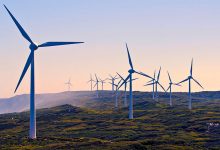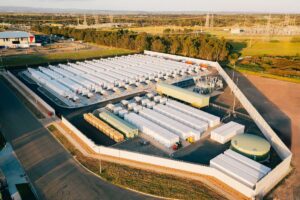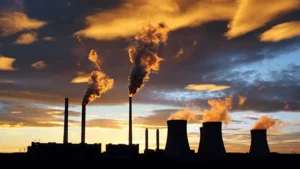A key killer of renewables investment in Australia is the federal environmental approval scheme, a new report by the Clean Energy Investor Group (CEIG) says.
The sheer amount of time the EPBC process takes is likely to be cruelling investment in large scale renewables, as requirements designed for a past era create hold ups.
The Delivering Major Renewable Energy Projects, identified several critical roadblocks in the current system and showed just how much extra time they’re adding.
It found that project referrals under the 25-year-old EPBC Act between 2020 and 2023 doubled from 23 to 40, with a concurrent doubling in average decision-making timelines. A renewable energy project referred in 2019 could expect to wait on average 1.3 years to see a decision, but by 2021 that rose to 2.2 years.
Only 6 of 19 referrals from 2021 have received a final decision by the time the report was finished and none in 2023.
Although there has been a minor improvement in 2024, that is due to some solar and storage projects, which are less complex than wind, being approved, a CEIG spokesperson said.

Australia is more than half way to its 82 per cent renewable energy goal, a target set for 2030, but billions of dollars are still needed to get there and the sluggish EPBC process is impending that, says CEIG CEO Richie Merzian.
“It is a major concern for investors that the majority of renewable projects referred to the EPBC three years ago in 2021 still do not have a final decision at the end of 2024,” Merzian said in a statement.
“There are short term fixes that can be introduced to increase the efficiency and coordination of assessment processes for renewable energy projects, and unlock billions in investments to decarbonise the nation while achieving better environmental outcomes.
“The government’s 82 per cent renewable electricity target is at significant risk unless these issues are resolved.”
The quick wins include aligning state and federal assessment processes to eliminate duplication, limiting and clarifying requests for additional information to reduce bottlenecks, giving the the Department of Climate Change, Energy, the Environment, and Water (DCCEEW) more people to deal with the influx of referrals, and standardising environmental conditions and reforming offset policies so they’re more predictable.
Another recommendation is to allow the environmental benefit of simply delivering clean energy to be part of the assessment process.

Reforms are on the table for the EPBC – but are likely to be dead and buried alongside the nature positive proposals.
An independent statutory review was done by Professor Graeme Samuel in 2020, which resulted in the federal Nature Positive Plan.
Prime minister Anthony Albanese killed stage two of that plan, which was before the Senate, in November, as he tries to create an inoffensive vision before the federal election next year.
Of the three bills under negotiation was an amendment to the EPBC Act to shift final decision-making authority from the environment minister to the CEO of a new Environmental Protection Agency (EPA).
Stage three would have replaced the EPBC Act with new national environmental standards, a revised assessment process, and new offset arrangements.










